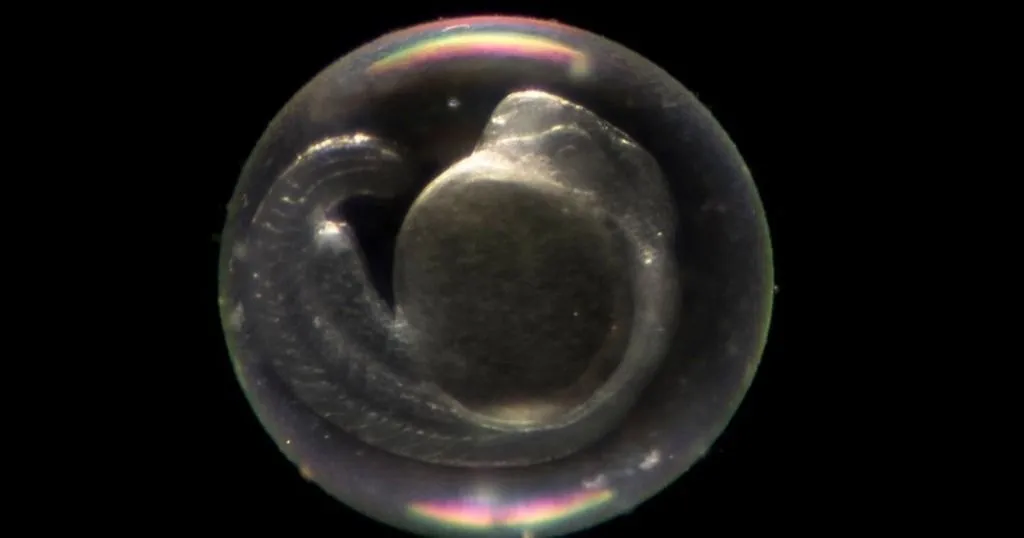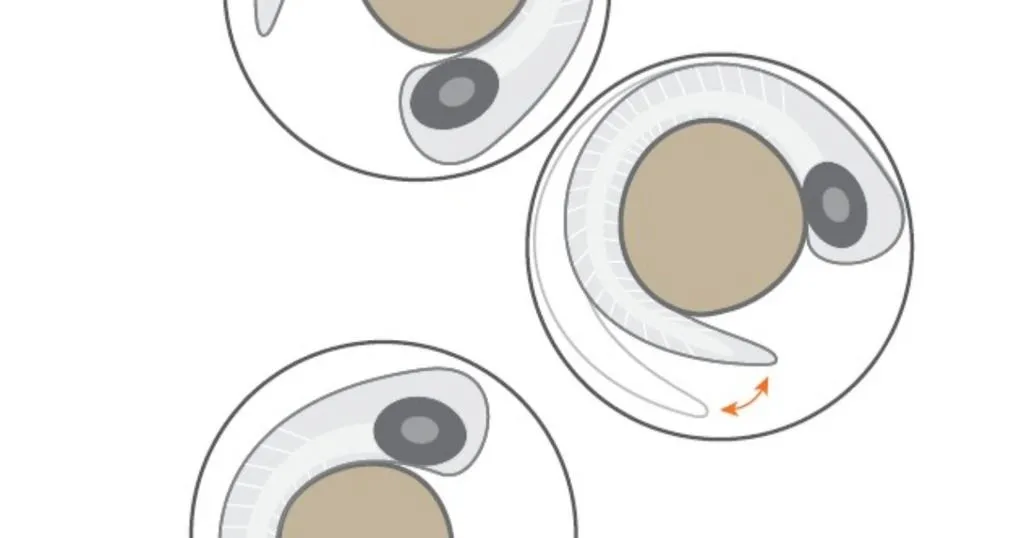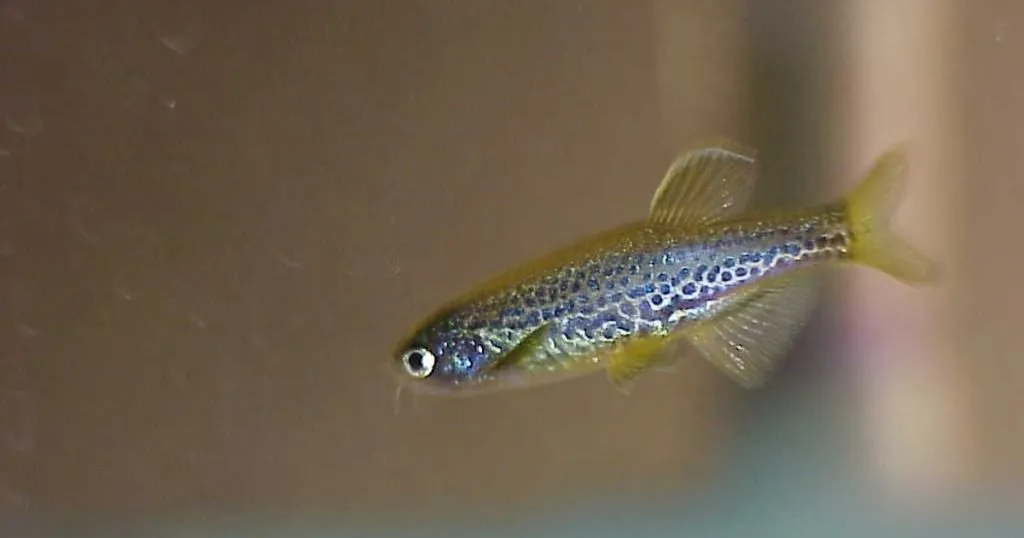Zebrafish and withdrawal
Recent work done by Khor et al. (2011) looked at the effect of mitragynine on behavior in zebrafish going through withdrawal after chronic morphine exposure. The effects of Mitragynine on morphine-withdrawn zebrafish.
Posted by
Published on
Thu 15 Mar. 2012
Topics
| Danio Rerio | EthoVision XT | Video Tracking | Zebrafish |

A major challenge in treatment of drug addictions is the management of withdrawal symptoms, which often lead to relapse. Several pharmacological strategies exist to mitigate withdrawal symptoms, but nevertheless there is a strong need for additional options, and an increased understanding of some strategies of ‘self medication’ currently being used.
The effects of Mitragynine on morphine-withdrawn zebrafish
Recent work done by Khor et al. (2011) looked at the effect of mitragynine on behavior in zebrafish going through withdrawal after chronic morphine exposure. Mitragynine is the most common compound found in the native south asian kratom leafs (Mitragyna speciosa). These are frequently used by drug addicts as a self-medication strategy when going through opioid withdrawal. It has a documented use for diarrhea, cough, muscular pain and fatigue, and is a natural antidepressant. Some of these symptoms are common to those experienced in opioid withdrawal as well.
Despite its documented use for common ailments and its ability to suppress withdrawal syndrome, the mechanisms by which mitragynine works are still unknown. To help improve this, first Khor et al. investigated the effects mitragynine exposure had on zebrafish going through morphine withdrawal.
At first baseline preference behavior for morphine was tested using the Conditioned Place Preference test automated by EthoVision XT. Only individuals with baseline preference between 50.1 and 79.9% for either side were chosen for subsequent experiments. The authors showed that zebrafish chronically exposed to morphine for two weeks, and subsequently withdrawn showed anxiety-related swimming patterns (reduced exploratory behavior and increases in erratic movements).

This was evaluated in the novel tank diving test, previously described (Cachat et al., 2010) by analyzing the time spent in top of the tank (s); latency to top (amount of time it takes the fish to cross into the upper half of the tank; average entry duration (total time spent at top divided by the number of entries), top and bottom ratio, number of freezing bouts and duration of freezing bouts. Physiologically, morphine withdrawal was paired with increases in whole-body cortisol levels as well. Both the behavioral and physiological effects of morphine withdrawal were reduced after exposure with mitragynine. On the gene expression level, expression of CRF-R1, CRF-R2, and prodynorphin (PDYN) genes was reduced in morphine-withdrawn zebrafish exposed to mitragynine. These genes code for receptor subtypes in the corticotropin-releasing factor (CRF) system, which is strongly involved in regulating the endocrine and behavioral responses to stress.
The link the authors were able to make between the observed behaviors (after chronic morphine exposure, and then after chronic morphine exposure combined with acute mitragynine) and physiological and gene expression changes makes a strong case for zebrafish behavioral research. This research just confirms that behavioral paradigms can form an important first line tool in the assessment of drug effects, and shape our understanding of their underlying mechanisms. However, it also illustrates how automated video tracking combined with the use of standard tests, and new adaptations to those tests, can foster high throughput studies and increase accuracy of data acquisition and analysis.
References
- Cachat, J. M., Stewart, A., Grossman, L., Gaikwad, S., Kadri, F., Chung, K. M., Wu, N., et al. (2010). Measuring behavioral and endocrine responses to novelty stress in adult zebrafish. Nature protocols, 5 (11), 1786–1799. doi:10.1038/nprot.2010.140
- Khor, B.-S., Jamil, M. F. A., Adenan, M. I., & Shu-Chien, A. C. (2011). Mitragynine attenuates withdrawal syndrome in morphine-withdrawn zebrafish. PloS one, 6 (12), e28340. doi:10.1371/journal.pone.0028340
Related Posts

4 Facts about zebrafish and zebrafish larvae

Using zebrafish as an early warning system of neurotoxic substances

